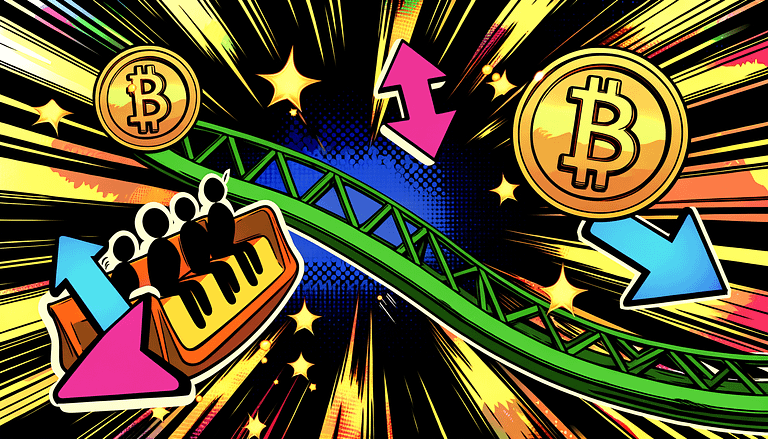Pike Finance Retracts USDC Blame, Admits Own Fault in Hack
In A Nutshell
Pike Finance, a decentralized finance (DeFi) protocol, recently sought to clarify its initial statement regarding a vulnerability associated with USDC Coin (USDC) following a $1.6 million exploit. Initially attributing the security breach to a flaw within USDC, Pike Finance later corrected this stance, asserting that the exploit stemmed from their own mismanagement in integrating third-party technologies, specifically the Cross-Chain Transfer Protocol (CCTP) and Gelato Network’s automation services.
Clarification from Pike Finance
On May 1, Pike Finance retracted its previous claim that linked the exploit to a USDC vulnerability, stating that the incident was due to their own shortcomings in incorporating CCTP, a service by USDC issuer Circle, and not because of any inherent issues within USDC’s product offerings. This announcement came after an attacker leveraged a loophole in Pike’s smart contract on April 30, draining $1.68 million in assets across Ethereum, Arbitrum, and Optimism networks.
The Root of the Exploit
Pike Finance admitted that the vulnerability exploited had been previously identified by their auditing partner, OtterSec. However, the Pike development team failed to address this vulnerability in a timely manner, leading to the exploitation. The DeFi protocol acknowledged an “improper integration” of third-party technologies as the primary cause of the security lapse, which allowed the attacker unauthorized admin access and the subsequent withdrawal of funds.
The Broader Impact
Despite the alarming incident with Pike Finance, the overall trend in crypto-related hacks has shown signs of decline. According to PeckShield, losses from hacks in April amounted to $60 million, a significant decrease from the $360.8 million and $187.6 million recorded in February and March, respectively. This data suggests a promising reduction in the frequency and severity of such exploits in the crypto space.
Our Take
The incident with Pike Finance serves as a vital reminder of the intrinsic risks associated with the DeFi sector, highlighting the necessity for rigorous security protocols and timely responses to identified vulnerabilities. While it’s reassuring to see a downward trend in the impact of crypto-related hacks, this event underscores the continuous need for advancements in security measures within the DeFi ecosystem. It also illustrates the importance of clear communication from DeFi projects, ensuring that stakeholders are accurately informed about the nature of security breaches and the steps being taken to mitigate them. As the DeFi landscape evolves, maintaining high standards of transparency and security will be crucial in fostering trust and stability in the space.







